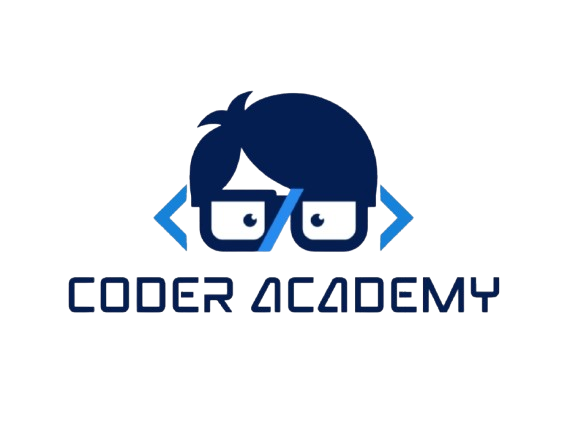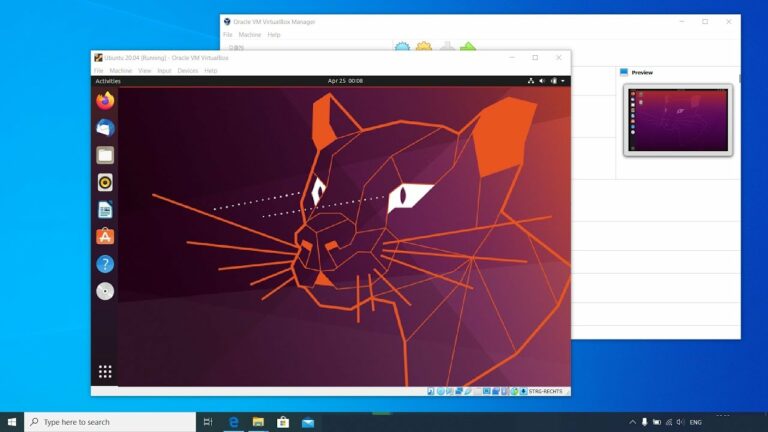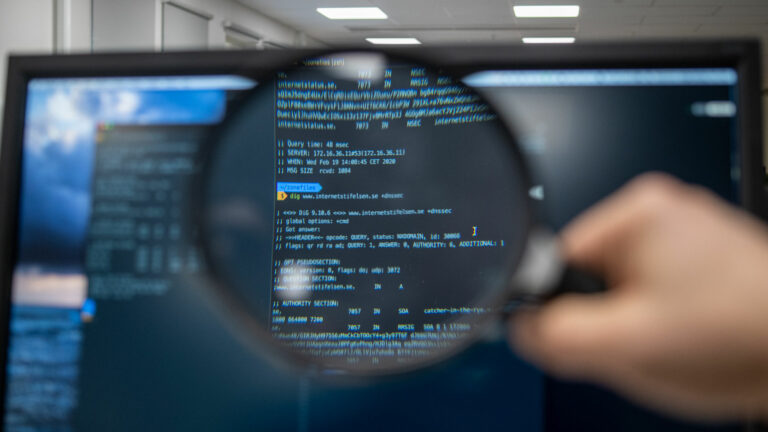Managing software in the Linux operating system is one of the essential skills that every user needs to master. Whether you are a beginner in the world of Linux or have a certain level of experience, understanding how to include and manage applications is crucial for improving your usage experience and system efficiency. Linux allows you to interact with a wide range of software, whether it is free or paid, and your success in this field depends on your knowledge of effective installation and management methods for these applications. In this lesson, we will review multiple methods for installing and managing software in Linux, starting from using package managers – APT, moving on to manual installation, and finally compiling from source. The goal of this lesson is to provide you with the practical knowledge you need to develop your skills in using Linux.
In a world that is constantly changing, Linux is an excellent choice for users at all levels, starting from professionals to hobbyists. Understanding how to properly install and manage software can make a significant difference in how you benefit from the system. Therefore, let’s start our journey exploring these essential skills that will help you enhance your Linux experience.
Types of Software Management in Linux
At the beginning, it is important to understand that the Linux operating system has multiple methods for managing software. The system relies heavily on what is known as package management, which allows users to easily install, update, and remove applications. There are two main types of package management in Linux: package management built into specific distributions (Debian, Red Hat, etc.) and tools such as APT and YUM. Each of these tools has its own features and is used differently depending on the Linux distribution you choose.
To understand the importance of these systems, let’s explore some details about each type:
1. Managing Packages Using APT
APT (Advanced Package Tool) is a commonly used package management system in Debian and Ubuntu distributions. It allows users to install applications from known repositories and easily update all installed packages. To install a program using APT, you can use the following command: in place of name, enter the program’s name
sudo apt install name
While to complete the package update process, you can use:
sudo apt update && sudo apt upgrade
This tool is ideal for beginners because it requires minimal resources and provides a simple interface.
2. Managing Packages Using YUM
YUM (Yellowdog Updater Modified) is a package management system widely used in Red Hat and CentOS distributions. It is similar to APT in function, as it allows users to easily install and update applications. To install a program using YUM, use the following command: in place of name, enter the program’s name
sudo yum install name
And if you are using YUM, the command will be as follows:
sudo yum remove name
For Red Hat-based distributions, YUM is a great choice because it has an intuitive interface.
Installing Software Using DEB and RPM Files
Sometimes, you may need to install a program that is not available in the official repositories. In such cases, you can download DEB files (for Debian-based distributions) or RPM files (for Red Hat-based distributions) and install them manually.
To install a DEB file, follow these steps:
- Download the file from a trusted source.
- Open the terminal and navigate to the folder containing the file.
- Use the following command to install the file: in place of file, enter the file’s name
sudo dpkg -i file.deb
If there are any missing dependencies, you can use the following command to fix them:
sudo apt --fix-broken install
As for installing an RPM file, use the following commands:
- Download the RPM file.
- Open the terminal and navigate to the file’s location.
- Use the following command for installation: in place of file, enter the file’s name
sudo rpm -ivh file.rpm
Installing Software from Source
Sometimes users prefer to install software from source to get the latest versions or for specific customization needs. Here’s how to do it:
- Go to the official website of the project you want to install. Typically, there will be installation instructions available.
- Download the source file, which is usually a compressed file (such as .tar.gz).
- Open the terminal and navigate to the file’s location.
- Extract the file: in place of file, enter the file’s name
tar -xzvf file.tar.gz
After extracting, check for the presence of a README or INSTALL file for additional instructions. You will typically need to run the following commands:
./configure
make
sudo make install
Make sure to install all dependencies the program requires by reviewing the official documentation.
Managing Processes and Installed Applications
After installing software, it is important to know how to manage it. There are various tools available in Linux for this purpose. Users can use the following commands:
1. Viewing Installed Packages
To know all the software installed on the system, you can use:
dpkg -l
Or for Red Hat-based distributions:
rpm -qa
2. Removing Software
To remove a program using APT, use: in place of name, enter the program’s name
sudo apt remove name
And if you are using YUM, the command will be as follows:
sudo yum remove name
3. Updating All Installed Packages
Always make sure to update the system using the commands mentioned earlier for the sake of security and performance. Updates are essential to avoid vulnerabilities and improve system performance.
Tips and Best Practices
Managing software in Linux comes with a set of best practices to ensure an efficient and secure operating environment. Here are some important tips:
- Always prepare your system before installing any new software.
- Make sure to back up your important data.
- Verify dependencies before installing any package to avoid complicating the system.
- Use well-known security tools to protect your system from risks.
At the end of this lesson, you now have a clear understanding of the methods to install and manage software in the Linux system. By becoming familiar with tools like APT and YUM for package management, as well as the ability to install software from different sources, you can now expand your use of the system and handle it more efficiently. If you are a beginner, practicing these methods will help you enhance your skills and simplify your interaction with any distribution you choose.
I encourage you to continue learning and researching further topics such as creating custom packages or handling network management. Online communities like Stack Overflow and LinuxQuestions are good places to ask questions and find solutions to any problems you may encounter.




